Madurai Meenakshi Temple is a historic Hindu temple located on the southern bank of the Vaigai River in the temple city of Madurai, Tamil Nadu, India.
It is dedicated to Parvati, known as Meenakshi, and her consort, Shiva, here named Sundareswarar. The temple forms the heart and lifeline of the 2,500 year old city of Madurai and is a significant symbol for the Tamil people, mentioned since antiquity in Tamil literature though the present structure was built between 1623 and 1655 CE.
It houses 14 gopurams (gateway towers), ranging from 45–50m in height. The tallest is the southern tower, 51.9 metres (170 ft) high, and two golden sculptured vimanas, the shrines over the garbhagrihas (sanctums) of the main deities. The temple attracts 15,000 visitors a day, around 25,000 on Fridays, and receives an annual revenue of sixty million.
There are an estimated 33,000 sculptures in the temple. It was on the list of top 30 nominees for the “New Seven Wonders of the World”. The annual 10-day Meenakshi Tirukalyanam festival, celebrated during April and May, attracts 1 million visitors.
The Meenakshi temple is believed to have been founded by Indra (king of Deva celestial deities) while he was on a pilgrimage to atone for his misdeeds. He felt his burden lifting as he neared the swayambu lingam (self formed lingam, a representation of Shiva used for worship in temples) of Madurai. He ascribed this miracle to the lingam and constructed the temple to enshrine it. Indra worshipped Shiva, who caused golden lotuses to appear in the nearby pool.
Tamil literature speaks of the temple over the last two millennia. The rugnanasambandar, the famous Hindu saint of Saiva philosophy, mentioned this temple as early as the 7th century, and described the deity as Aalavai Iraivan.
The temple is believed to have been sacked by the infamous Muslim invader Malik Kafur in 1310 and all the ancient elements were destroyed. The initiative to rebuild the structure was taken by first Nayak king of Madurai, Viswanatha Nayak (1559–1600) under the supervision of Ariyanatha Mudaliar, the prime minister of the Nayak Dynasty and the founder of the Poligar System.
The original design by Vishwanatha Nayak in 1560 was substantially expanded to the current structure during the reign of Thirumalai Nayak (1623–55). He took considerable interest in erecting many complexes inside the temple. His major contributions are the Vasantha Mandapam for celebrating vasanthorsavam (spring festival) and Kilikoondu Mandapam (corridor of parrots).
The corridors of the temple tank and Meenatchi Nayakar Mandapam were built by Rani Mangammal.
Rous Peter (1786–1828), the Collector of Madurai in 1812, got nickname ‘Peter Pandian’ as he respected and treated people of all faiths equally. He donated a set of golden stirrups studded with diamonds and red stones to the temple.
Goddess Meenakshi is believed to have saved Rous Peter from a fatal incident. He also wished that after his death, his body be buried in a position that would enable his eyes to face the temple.

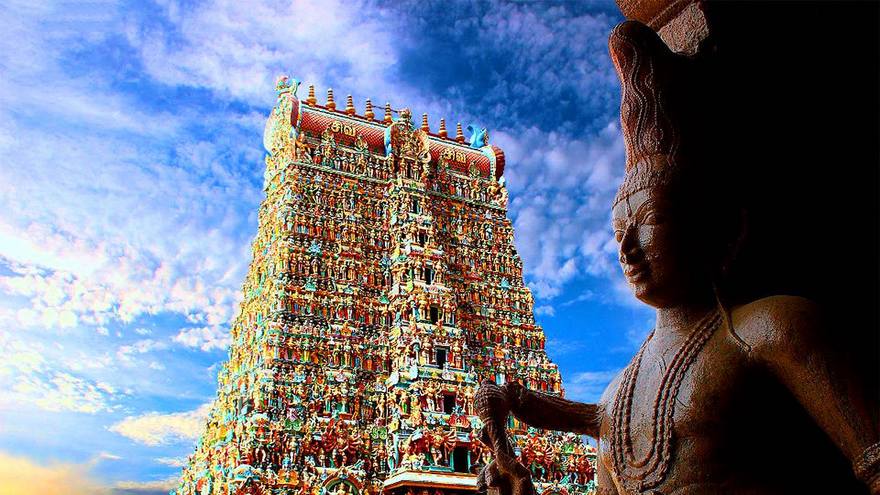
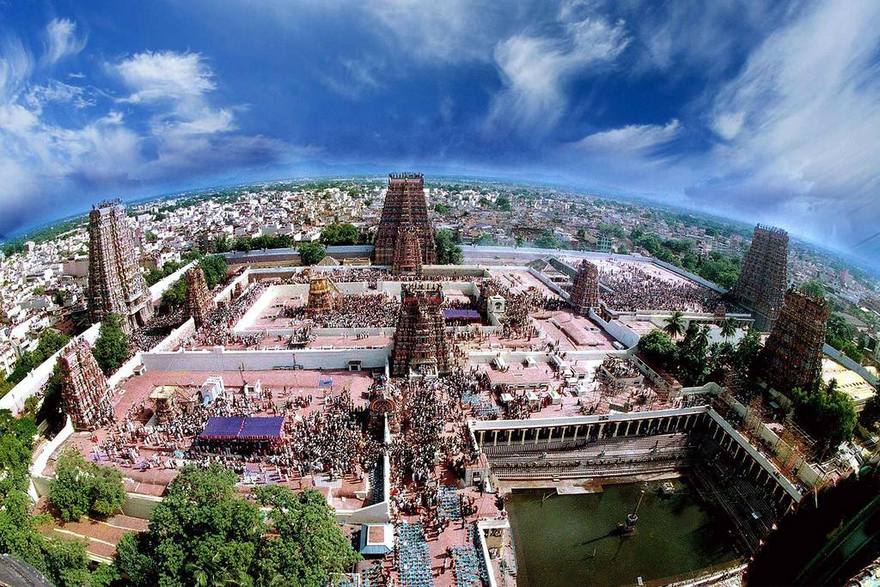

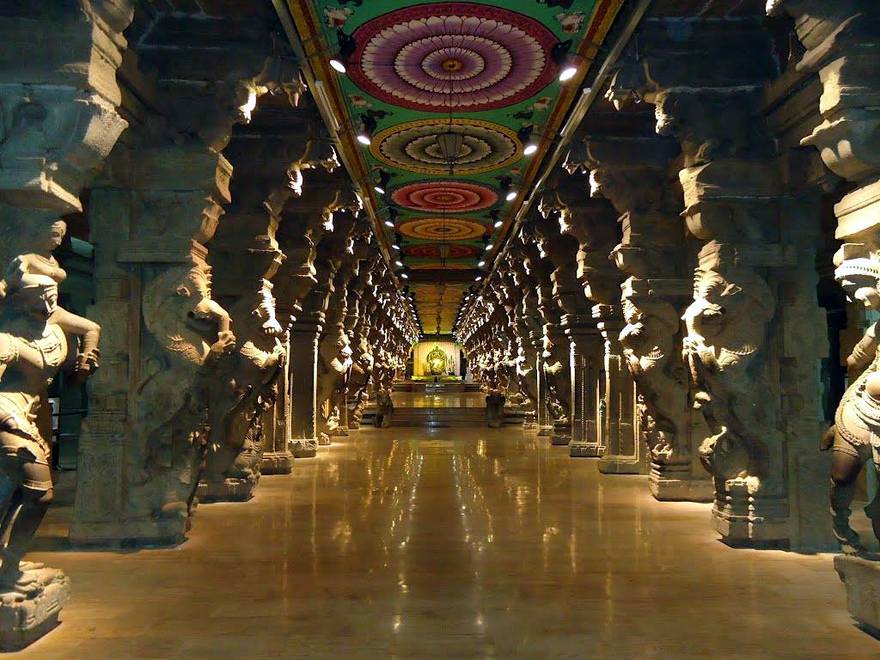
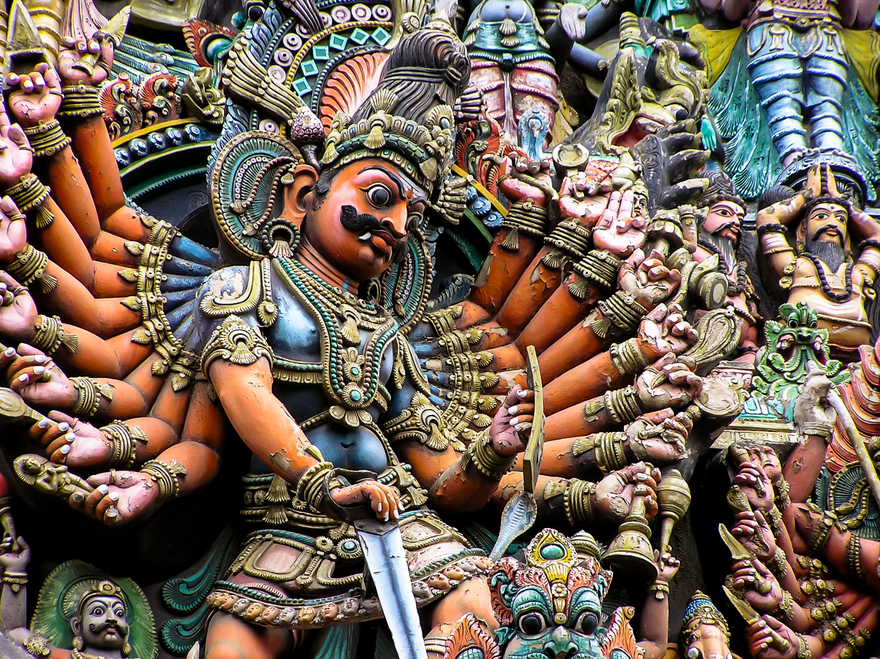

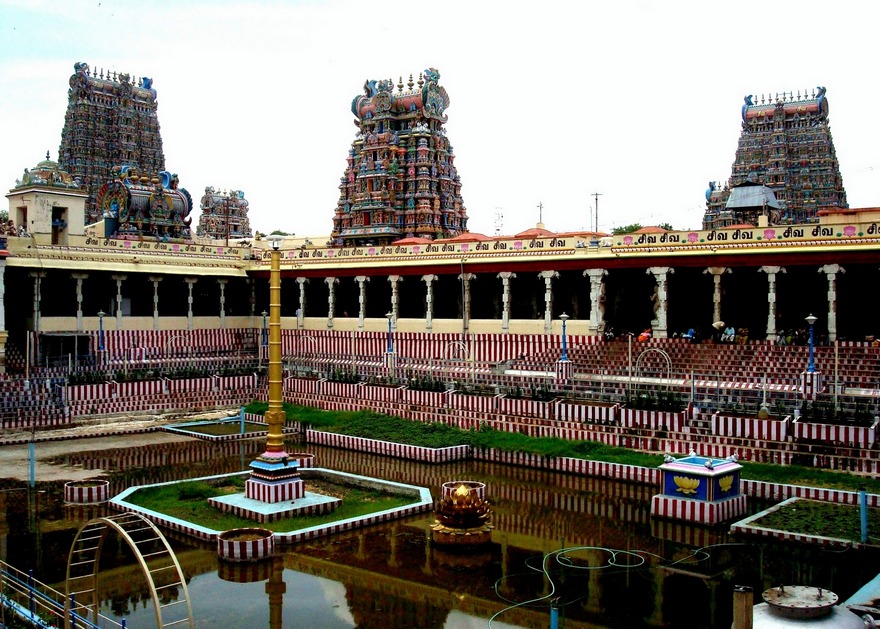
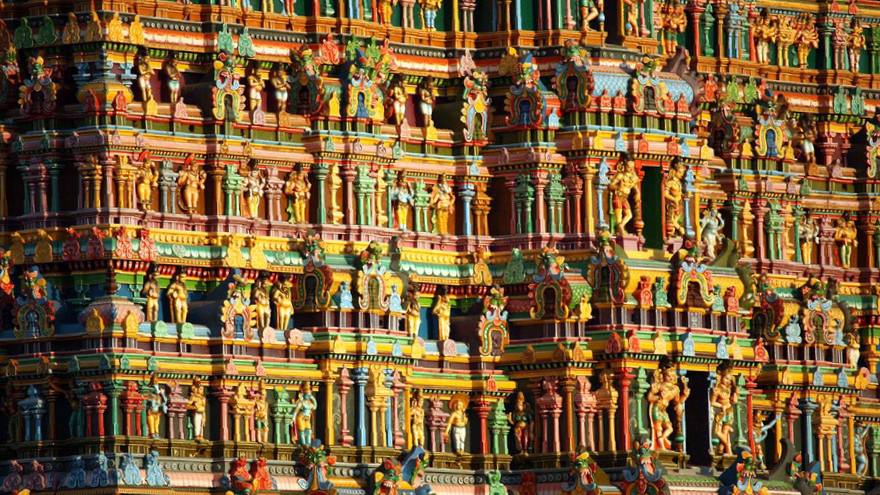
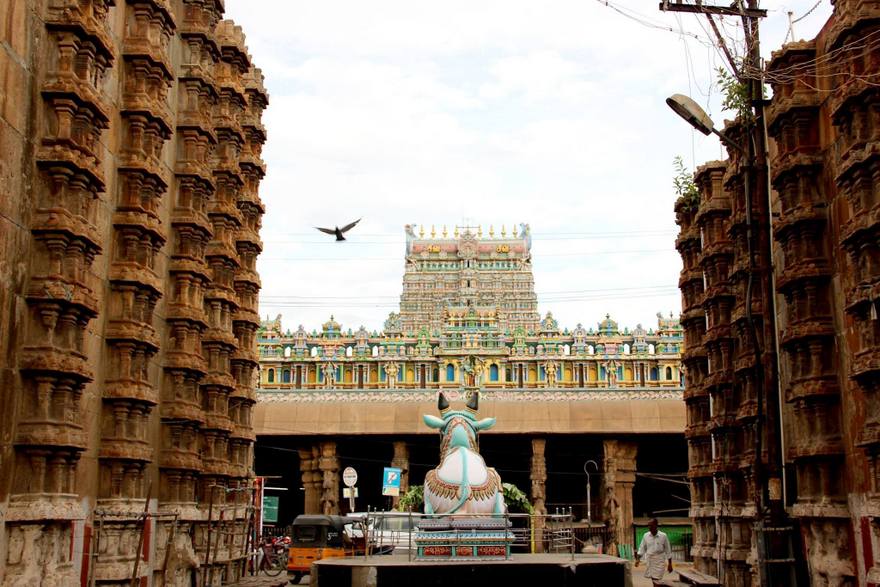
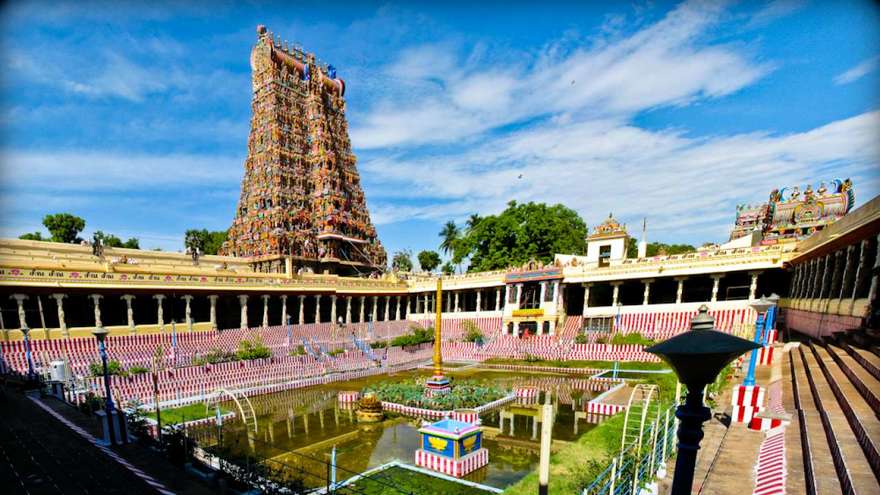
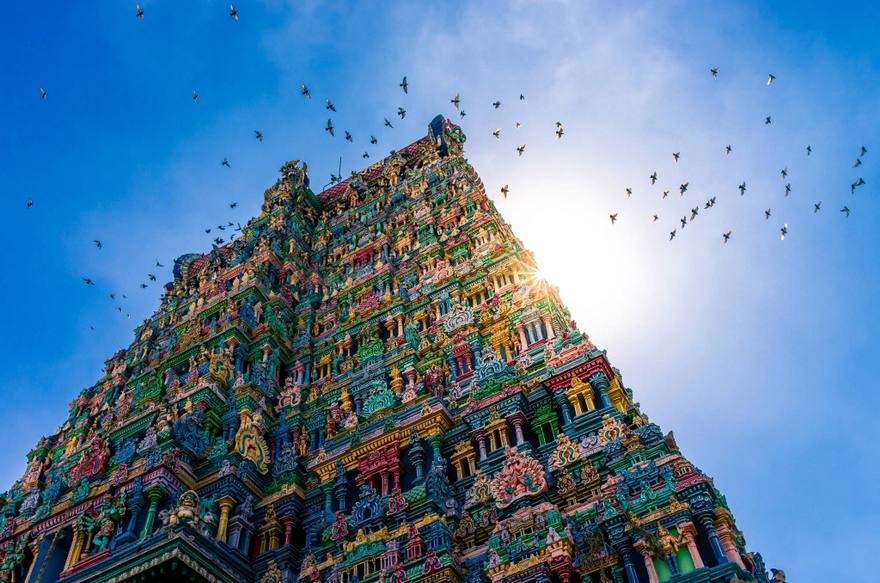
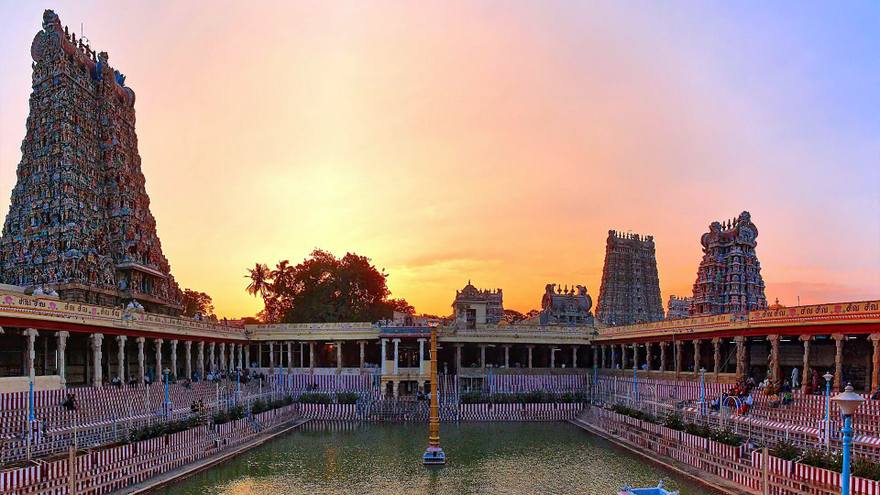











What is the use of harping on old glory? This temple is one of the most abused now by the state Hindu temples department. This temple and the town was captured by the muslims in the 14th century and rescued and restored by the kings of Vijaynagar. The Tamilians are not even grateful for it. The dept let out many spaces even in sculptured halls for shops to the same muslims, who walk wit chappals and shoes inside the temple space. There was a serious fire accident recetly. But the Hindus can do nothing about it!